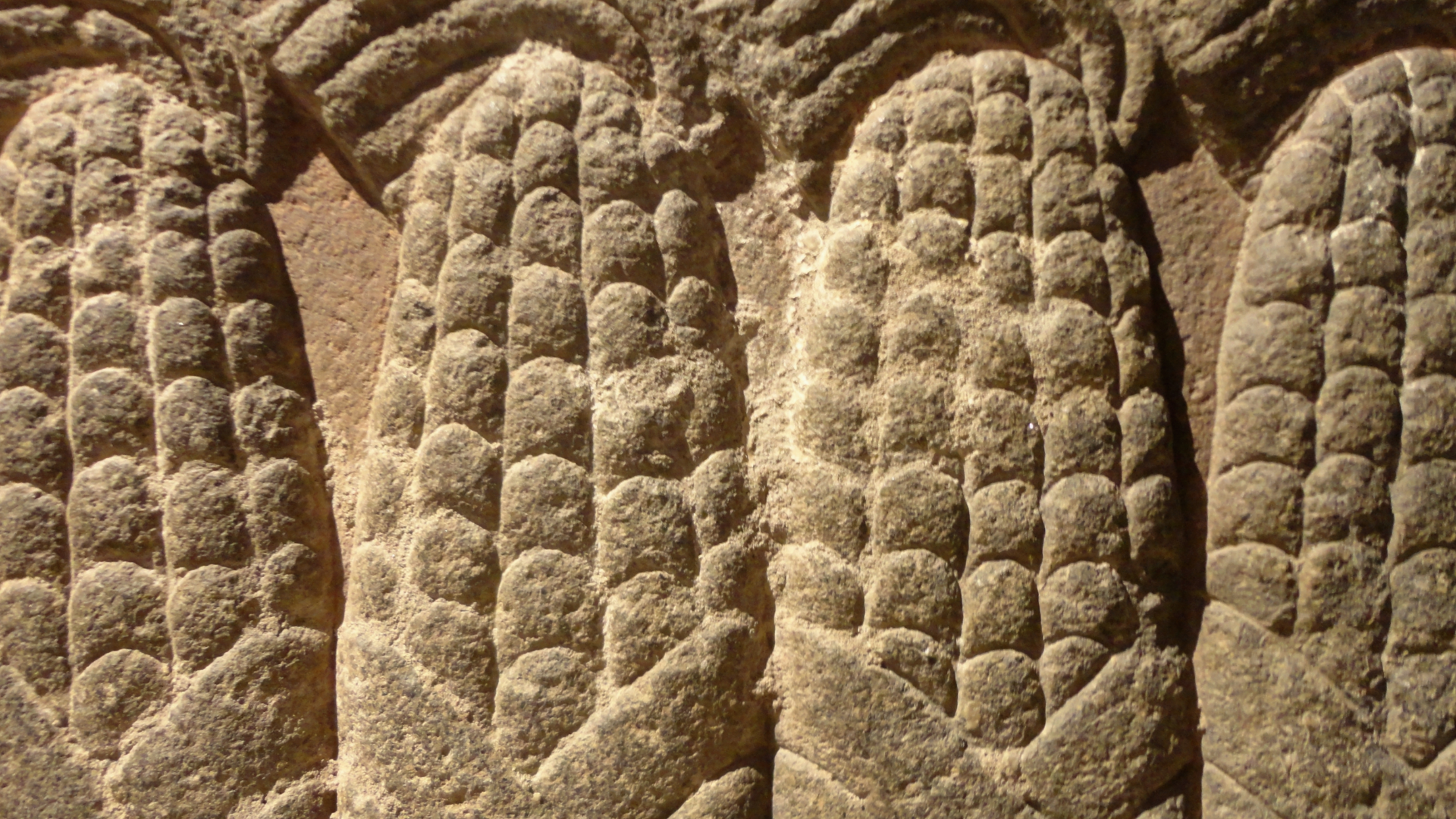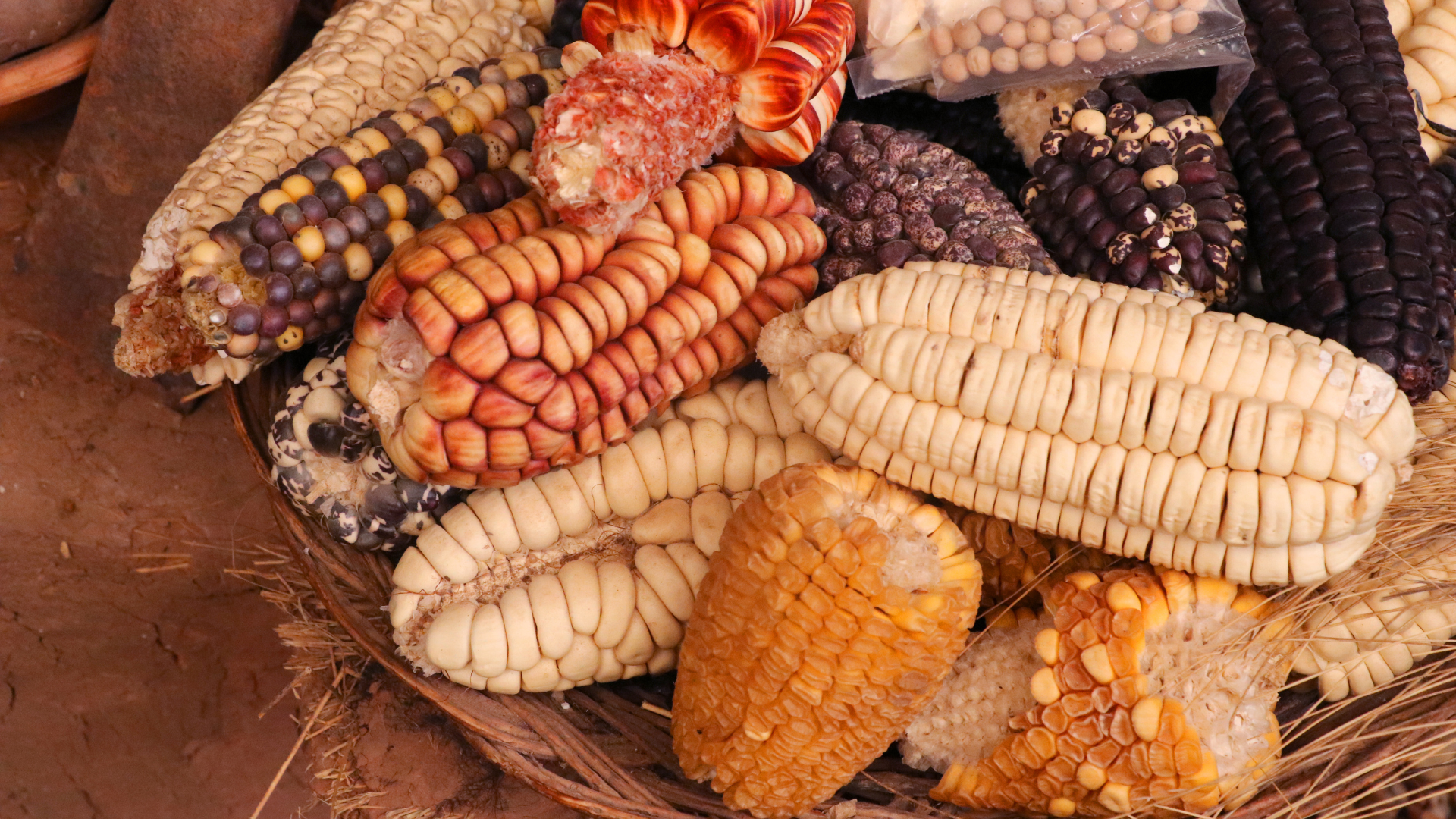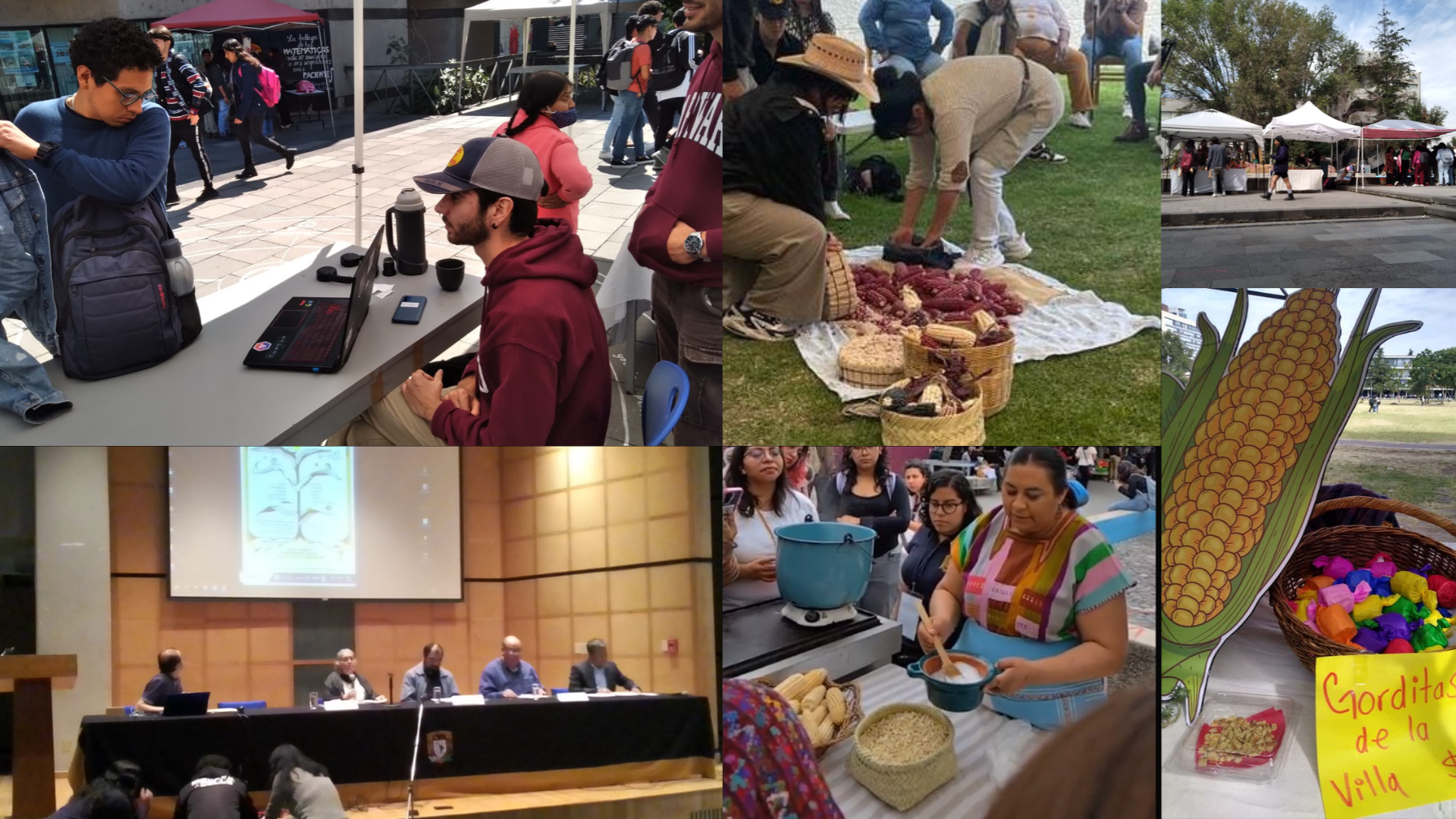A Symbol of Mesoamerican Cultural Identity
"...the ancient inhabitants of Mexico were capable of finding the most brilliant solutions to overcome this
scarcity, thereby ensuring not only the survival of their communities but also their development into one of
the most advanced civilizations in the world." Yoko Sugiura Yamamoto, 1996.
Corn represents one of the most fundamental elements for the development of Mesoamerican peoples. From the
evolution of its ancestor, teocintle, in the Río Balsas region of Guerrero, Mexico, around 4000
B.C., and its subsequent adoption as a crop in northeastern Mexico around 2000 B.C. (Carpenter & Sánchez
Miranda, 2012, p. 6), corn became one of the central pillars of life for the inhabitants of the territory
now known as Mexico.
Among the Olmecs, Zapotecs, Teotihuacanos, Mayans, and Mexicas, to name a few of the many Mesoamerican
cultures, representations of corn, deities associated with the plant, and even corn as a deity itself (Vela,
2011) have survived. This highlights the importance it held in ancient worldviews, to the extent that the
plant was sometimes depicted as an axis mundi in some representations. For example, the following image
shows an Aztec (or Mexica) representation of maize carved into a stone chest called a tepatlacalli. It is
likely that maize-related items were placed inside as offerings to Chicomecóatl, the Aztec goddess of maize.

Photo by Juan Carlos Fonseca Mata - own work, CC BY-SA 4.0,
https://commons.wikimedia.org/w/index.php?curid=81224187
However, the significance of corn in pre-Hispanic times is not limited to representations in archaeological
remains; it also involves the development of a processing technology that continues to provide sustenance in
Mexico to this day. This is none other than nixtamalization:
"The process of 'nixtamalization' consists of placing the corn in an adequate amount of
water with lime; if too much water is used, the tortillas will turn out overly alkaline. The mixture
must be heated to a temperature of about 80 C for 20 to 45 minutes, and then left to rest until the next
day. Once the nixtamal is ready, the mixture is rinsed and ground on a metate to obtain the dough.
[Thanks to the nixtamalization process], the negative effect of leucine on the conversion of tryptophan
to niacin is reduced, which is achieved by increasing the amount of isoleucine [...and] corrects the
nutritional deficiency of the grain"
Protecting Mexican Maize is protecting tradition
In many ways, preserving maize is especially significant for Mexican culture. It is not only consumed daily
in a variety of traditional dishes, such as tacos, enchiladas, quesadillas, gorditas, and esquites, but also
holds profound cultural and ecological importance.
As the center of origin for maize, Mexico is home to an extraordinary genetic diversity, with 64 distinct
maize strains of various shapes and colors, including red, white, tehua, and mixeño variants, to name a few.
Each of them have unique uses that distinct Mexican cultures have adapted.(CONABIO, 2020)
This biodiversity is a vital component of SDG 15 (Life on Land), which emphasizes the need to protect,
restore, and promote the sustainable use of terrestrial ecosystems. Preserving the genetic diversity of
maize ensures the resilience of ecosystems. By protecting these diverse strains of maize, we contribute to
the conservation of biodiversity and the promotion of sustainable land management, ensuring that this
cultural and ecological treasure continues to thrive for future generations. As the region with the most
diversity of maize in the world, we have the responsability to guard it
Moreover, maize varieties, particularly those in Mexico, are incredibly resilient to climate challenges due
to their ability to thrive in diverse environments, from humid lowlands to arid highlands. It is inspiring
to recognize that, as participants in a synthetic biology competition, we are upholding one of the earliest
and most significant achievements in genetic engineering—artificial selection of maize in Mesoamerica. Over
thousands of years, this process has produced maize as a highly adaptable crop. (O'Leary, 2018).
Preserving these indigenous varieties contributes to SDG 2 (Zero Hunger), as it promotes sustainable
agriculture by safeguarding crops that are naturally resistant to environmental stresses, thereby enhancing
the resilience of food systems and supporting vulnerable communities dependent on maize for their
livelihoods.
Nevertheless, preserving maize is crucial not only for ecosystems and food security, but also for
safeguarding cultural heritage as highlighted by SDG 11 (Sustainable Cities and Communities). Maize has been
a cultural cornerstone for Mexican and Mesoamerican civilizations for millennia, deeply embedded in
traditions, rituals, and daily life.
By protecting and promoting the diverse varieties of maize, we preserve the cultural identity and historical
continuity of the communities that depend on it. Ensuring that urban and rural communities maintain a strong
connection to their agricultural heritage fosters social cohesion, pride, and resilience. This cultural
preservation is essential for building sustainable, inclusive communities that value their historical roots
while promoting sustainable development in the present and future.
In the context of SDG 4 (Quality Education), the preservation of maize goes beyond its agricultural
significance and extends into the realm of knowledge transmission. Understanding maize and its many uses
involves more than just scientific research; it includes the ancestral wisdom passed down through
generations of indigenous communities. These communities have long recognized the distinct properties of
different maize strains and developed methods to utilize them in ways that sustain both their culture and
environment.
For example, the Chapalote varieties that are grown mainly in northwest Mexico, have especial uses like the
production of pinole and ponteduro, traditional recipes. (CONABIO, 2020). Simarly, other varieties have
different starch properties, allowing them to make extra-large tortillas. (O'Leary, 2018). This knowledge,
deeply rooted in indigenous traditions, complements scientific approaches to biodiversity and nutrition.
Preserving this cultural and practical knowledge ensures that future generations appreciate the
interconnectedness of agriculture, health, and heritage. Education, in this sense, must include both
scientific understanding and the invaluable lessons embedded in indigenous practices, ensuring a holistic
approach to sustainable development.
UNAM Maize Fair
We had the amazing opportunity to volunteer at the National Autonomous University of Mexico (UNAM) Maize Fair
held at the Faculty of Sciences. We helped set up the exhibitions and food stalls, which showcased a variety
of dishes made from diverse maize strains. It was incredibly fulfilling to guide the public through
different activities, and we also attended expert talks about the challenges maize faces in Mexico. These
sessions provided us with valuable feedback on our project, especially concerning the sensitive issue of GMO
maize, which is not legally produced in Mexico to protect its biodiversity. This feedback was crucial, as it
reinforced the need for our project to carefully distinguish itself from genetically modifying maize, while
still harnessing synthetic biology in yeast.
We even had the chance to present our work at a dedicated booth, where we eagerly shared our project with the
public. The overall reception was enthusiastic and people were very interested and asking questions. It was
an unforgettable experience, blending science, tradition, and sustainability, and it left us more inspired
to keep on developing our solutions for maize preservation.


